As long as it is a battery-powered system, this problem has always existed: You mistakenly load the battery, reverse the positive and negative poles, and generate a reverse polarity event. The system has temporarily failed or is permanently damaged.
Custom batteries designed to fit the system they are equipped to help minimize the chances of incorrect insertion and reverse polarity, but proven and reliable off-the-shelf batteries such as AAA, AA, C and D cells Batteries, and even CR123, CR2, and button lithium batteries are also prone to failure.
In the past, designers used mechanical structures to avoid electrical contact with the battery terminals (if the battery was not properly inserted). But mechanical solutions are far from perfect. They usually require special machining because the spring contacts require well-controlled mechanical component tolerances to ensure good contact when the battery is properly inserted, but not properly inserted and not in contact. These narrow tolerances can cause long-term stability problems because the springs and contacts that must be used may bend or fail. Even normal use, repeated normal insertions can cause contact fatigue and limit reliability over time.
But despite these limitations, mechanical solutions have always existed because they are the only practical solution that designers can use to prevent incorrect battery installation. Electrical solutions designed to prevent reverse polarity events caused by reversed phase batteries have been controversial.
Because of the voltage drop during normal operation, it is usually not the option to use a series diode. It is also not a good idea to use a diode grounding setting because a reverse polarity event can cause the battery to discharge dangerously for a long time and overheat the diode.
Discrete MOSFETs require complex structures and may not be optimized or specifically designed to prevent reverse polarity. Critical specifications for evaluating performance during reverse polarity events may be lost, and this may cause designers to have to derive estimates from performance characteristics on the data sheet and guess safe working time periods, which is worrying. Moreover, depending on how the MOSFETs are applied, they may require a controller or other costly function.
Multifunction ICs are sometimes equipped with circuits that prevent reverse polarity, which typically adds significant circuit complexity because they can operate in a positive biased environment and then operate in reverse polarity mode or not. Therefore, multi-function ICs bring huge performance and/or cost costs. Due to cost-performance trade-offs, typical implementations have a relatively limited reverse bias function (-2 V or -6 V).
Dedicated reverse polarity protection device is an effective way to prevent erroneous insertion of the battery
Recently, however, the advent of dedicated reverse polarity protection devices has provided designers with more viable electrical options. Dedicated devices, such as those offered by Fairchild, represent one of the most cost-effective and performance-free methods to prevent reverse polarity and are an excellent choice for battery-powered systems.
Figure 1. shows a circuit that uses a dedicated device to prevent reverse polarity.

Figure 1: Using a dedicated device to prevent reverse polarity
This simple setup provides continuous and reliable protection. The design requires minimal PCB space, minimizes voltage loss, and responds quickly and efficiently under reverse bias conditions.
The overall cost is also good. Tandem Schottky diodes are generally less expensive than dedicated reverse polarity protection devices, but once the operating current begins to increase, the total cost of the Schottky-based approach begins to rise. For cost-effective trade-offs, dedicated reverse polarity protection devices are likely to be the most attractive electronic method.
People will continue to make mistakes on the battery, but the way designers can prevent minor accidents is likely to change. After considering the full range, dedicated reverse polarity protection devices may completely replace complex mechanical solutions over time.
This style is Handheld Vacuum Cleaner. Handheld Vacuum Cleaner is a kind of Portable Vacuum Cleaner. It's easy to carry and use. So you can use in many places easily. This kind of vacuum cleaner is also very beautiful and useful. It is small in size and store easily. This kind vacuum cleaner is also a multi-cyclone upright vacuum cleaner for high separation rate,so it will make your cleaning more effortlessly. In a word,it is a very useful vacuum cleaner,hope you will like it.
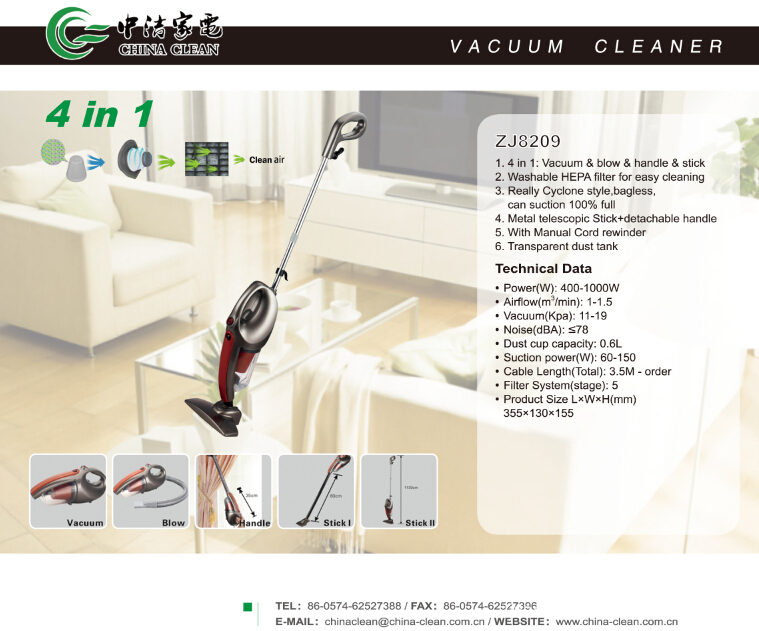
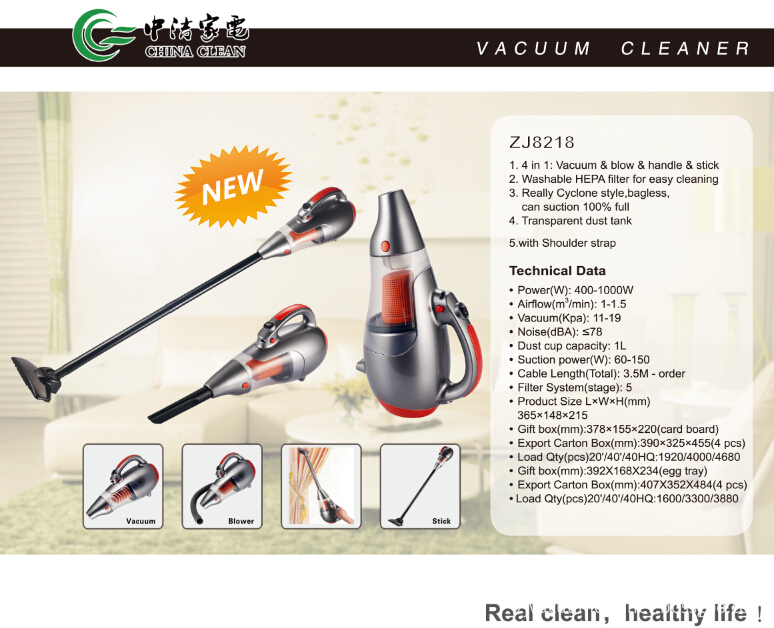
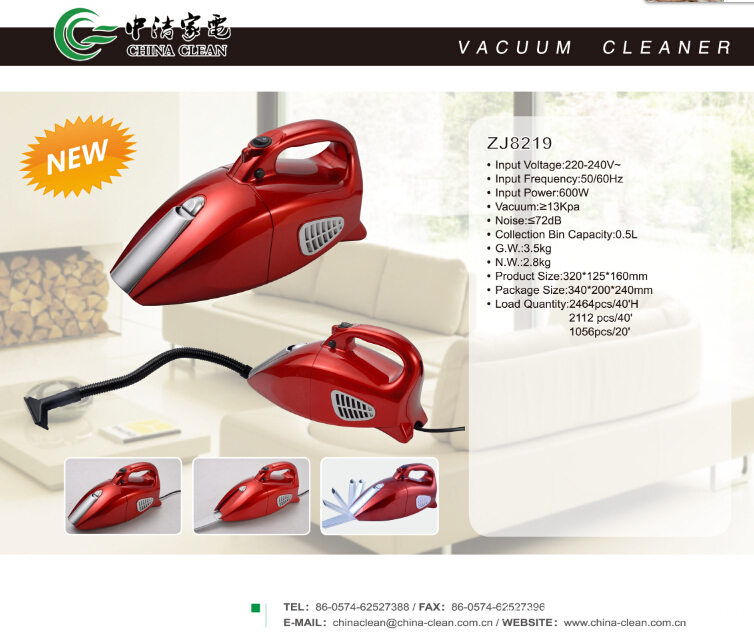
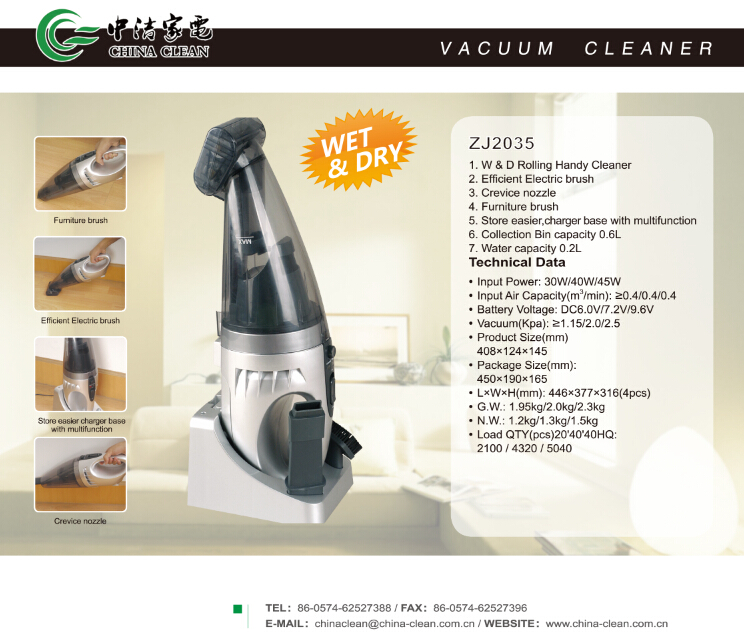

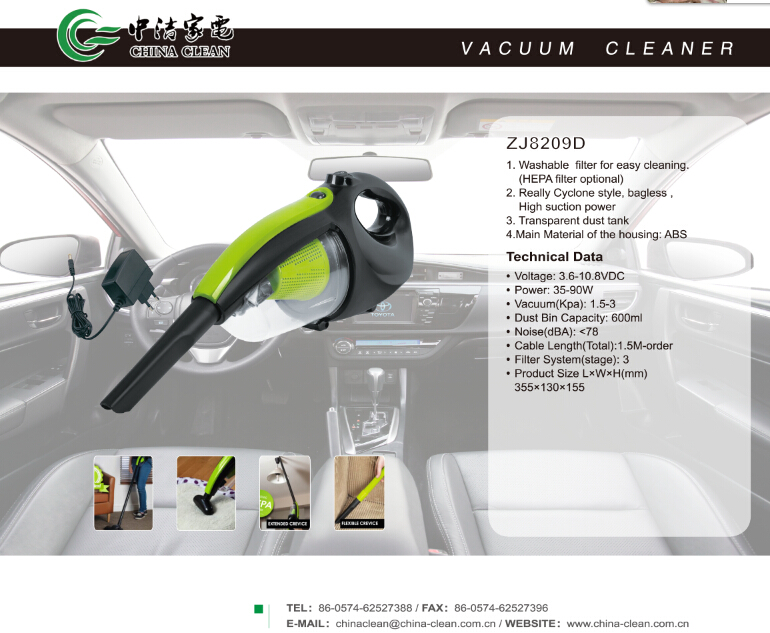
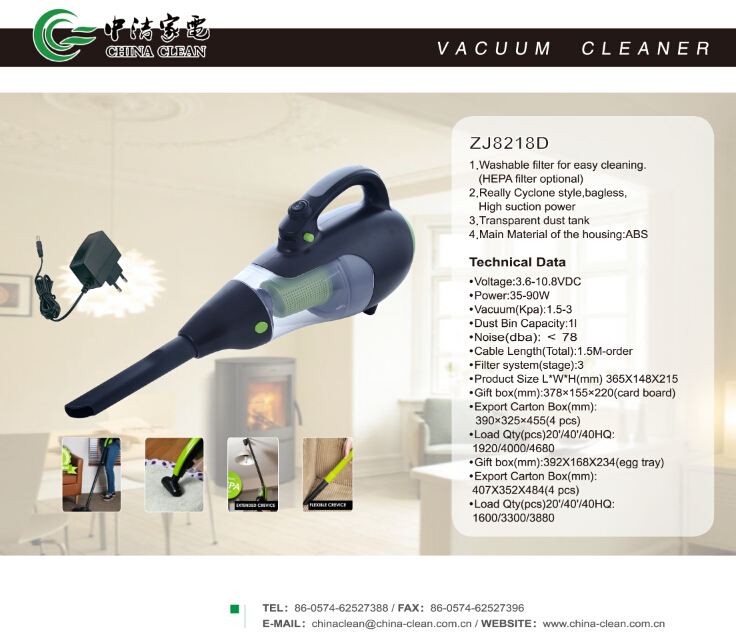
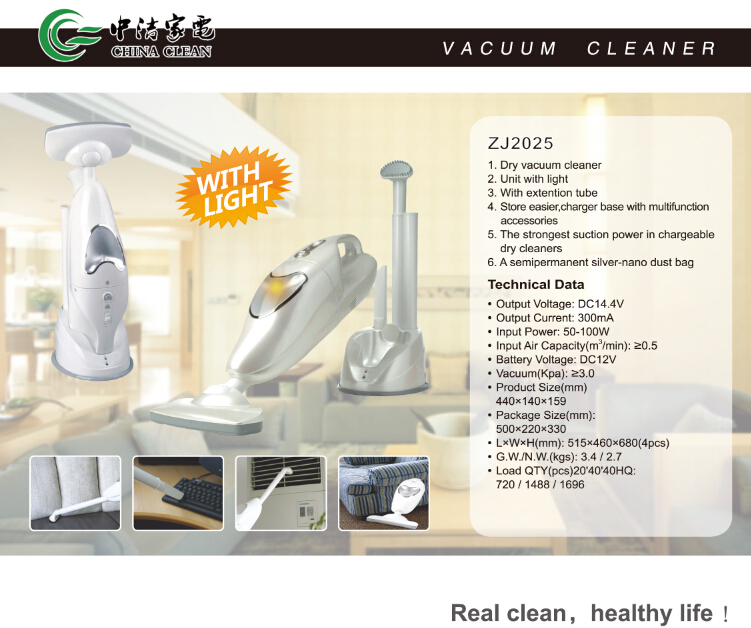
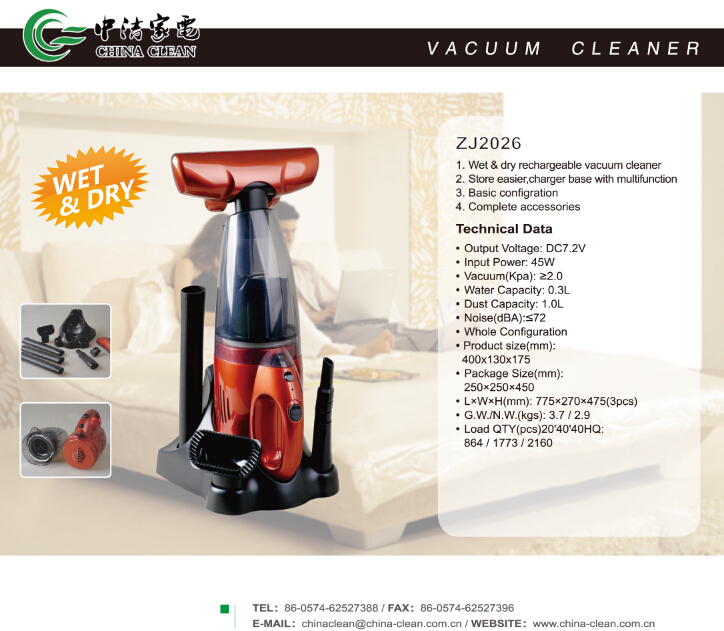
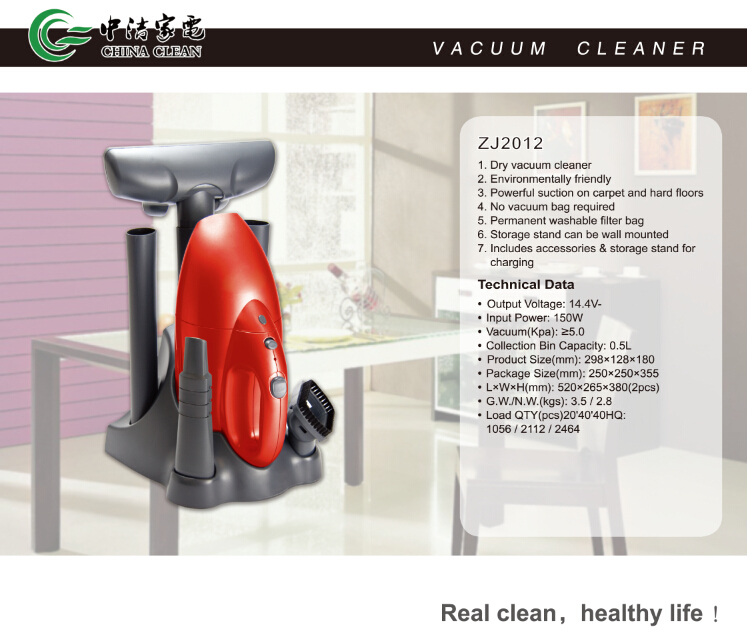
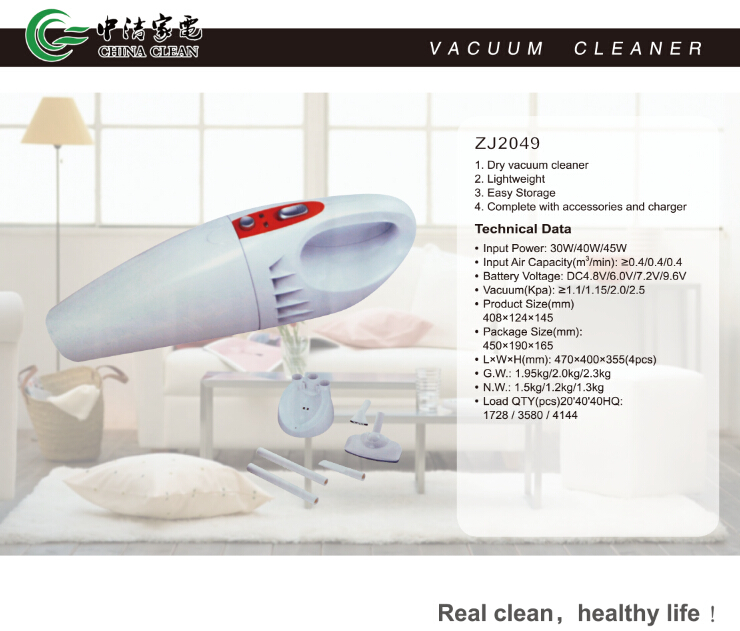
Handheld Vacuum Cleaner
Handheld Vacuum Cleaner, Powerful Handheld Vacuum Cleaner, Mini Vacuum Cleaner, Mini Handheld Vacuum Cleaner
Ningbo ChinaClean Household Appliances Manufacture Co., Ltd. , https://www.chinaclean-elec.com